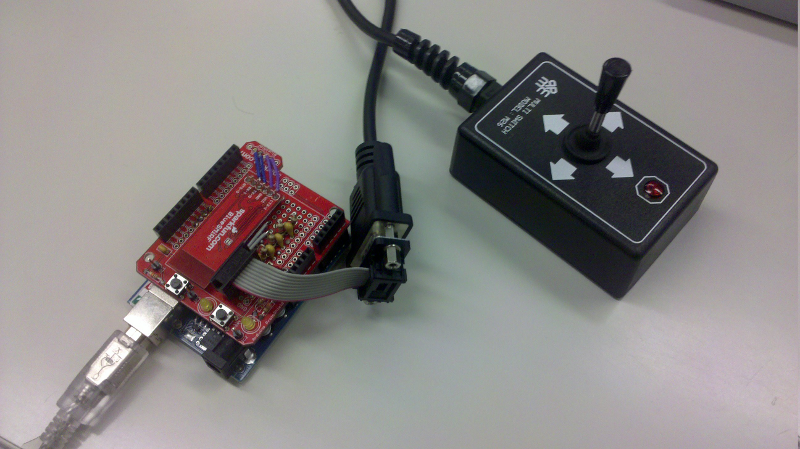Here’s a quick update of the main open accessibility activities that are on my radar. Do drop me a line if any are of interest to you.
This has been a very busy time, especially as our new company [pre]activity takes off (more soon). I’ve not been so closely active with Mozilla and GNOME lately, but am keeping a keen eye on the interesting activity in both of these key open accessibility projects.
The big story at the moment is proposed submission of the Open Office code by Oracle and IBM to the Apache Incubator. The frantic flurry of discussion has quietened down a bit and the vote is now on. As far as open accessibility is concerned, having the OOo code in the incubator has great potential in fostering collaboration between the many interested parties. Not only does incubation develop community diversity and strength, but the use of the permissive neutral Apache licence enables engagement by all, including those interested in commercial use. This is important given the number of derived works (see the proposal link above for a chart). Thus, for example, both IBM and LibreOffice will be able to use and contribute to the core code (if they so choose). One possible benefit that’s been mentioned is the contribution of Symphony’s more mature IA2 api implementation, allowing for example, NVDA screen reader users to use OOo without sighted assistance. In addition Apache could offer a good home for the various a11y add-ons to OOo such, as those from AEGIS project.
Project Realise is nearing the end of the JISC funded period and the web site for encouraging open innovation in accessibility software is up in prototype form. As it stands it has a way to go to fully support the vision of mentoring projects to the point of open innovation through maturity in open development, but after a workshop and debriefing, many of the critical ‘people’ focussed features should be soon appearing.
The Mulberry symbol set from Straight Street has surpassed 3,000 symbols and we’re working on partner support and internationalisation with a crowdsourcing element.
Maavis simplified access to media and communications is progressing steadily, with various possible uses and collaborations being investigated. There was considerable interest generated by the Mail article with Sylvia Syms, including some commercial. One of the top priorities is to replace Skype with something that transparently does video calls without getting in the way. We’ve also be thinking about a web version. What’s interesting is that since we started the approach to consumer interfaces has rapidly embraced simpler touch interfaces, thus making it easier to implement Maavis features.
Portable accessibility of and through web apps and widgets is fast becoming very interesting indeed. Rave in Context is creating widget templates, Tekla is providing switch access via bluetooth. Both Straight Street projects and Maavis are also heading in this direction. Tablet apps are being enthusiastically snapped up at grass roots by end users and their supporters as a way to provide low cost innovative AT need solutions. This self-service is proving disruptive in the AT provision services, and raising some serious questions. Open development of web apps can have a big impact here, especially in portability and quality.
On the European front, the eAccess+ and ATIS4All thematic networks are active and spreading knowledge. Another large project to implement some parts of the GPII vision is under review by the EC and we hope will receive funding soon.
Finally, in events, I’m excited about the DevCSI & Full Measure a11y hackday that will take place on the 21/22 June. I hope we’ll see some interesting hacking and collaborations happening. We’ve certainly got a great mixture of people registered, and excellent keynote speaker in David Banes, Sandi Wassmer and Julian Harty. I’ve ordered a Tekla prototype from Komodo OpenLab and hopefully it will arrive in time for us to play with it.

